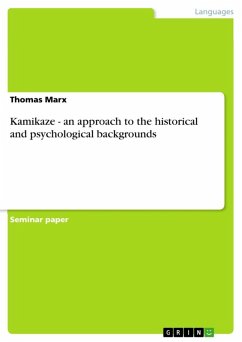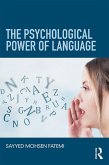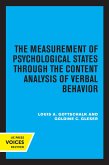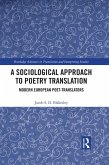The proposed book titled A Psychological Approach to Translation is in fact a study that contains six parts. The first part describes the phenomena and events that motivated the researcher to think up and implement a semi-descriptive/ semi-experimental research, the problems that translation students and teachers encounter along translation courses and the specifically observed causes of failure in translating, the primary and secondary purposes of the study, and finally, the reasons for the process of delimiting the study so that the main direction and goal of the research could be stated and illustrated. The second part is a rather extensive and careful survey of many past and current linguistic and sociolinguistic theories and approaches pertaining to translation as both product and process with abundant clear-cut examples and explanations. Next, part three is another careful survey of theories and problems, this time psycholinguistic and purely psychological, pertaining to human learning as a conditioned behavior together with several arguments and exemplifications presented in support of the main assumption in the study: the impact of systematic extensive reading in TL on one's translating ability. This part also reveals the fact that the existing psycholinguistic literature seriously suffers from the lack of adequate scientific explanations for the phenomenon of translating as a psychological behavior. Next, part four provides a description of step-by-step development, instrumentation, and implementation of the study based on the conventions of a regular research method. It also includes information about the selection of data, the subjects and their selection criteria, the type of the test they were given, and the kind of statistical analysis used to translate the results into figures (quantification). The fifth part, fundamentally designed and intended to sum up the significant points discussed throughout the work, also indicates some pedagogical implications and constructive suggestions for future translator training programs recommending more extensive and more scientific studies of both longitudinal and cross-sectional types with factorial designs to investigate the effects of several independent variables at the same time and further contribute to the enrichment of the modern faculty known as Translation Studies. Finally, part six constitutes a quick reference (handbook) for both translators and translation students to read or review some basic concepts in translation theory as well as the practical steps they should take in the act of translating. These steps are considered to be truly indispensible guidelines for the beginner who would often feel quite handicapped wondering what to do when faced with the task of translating a text for the first time. Their overall plan and logical order are based on the actual methods and techniques of translating learned and adopted from practical teaching experience by the author and followed by him to this day. The book closes with a comprehensive bibliography, introducing a good number of both classic and new books on linguistics, language teaching and testing, psychology, translation studies, and other related subjects, which can profitably be used as authentic sources of reference in additional or supplementary studies.
Dieser Download kann aus rechtlichen Gründen nur mit Rechnungsadresse in A, D ausgeliefert werden.



